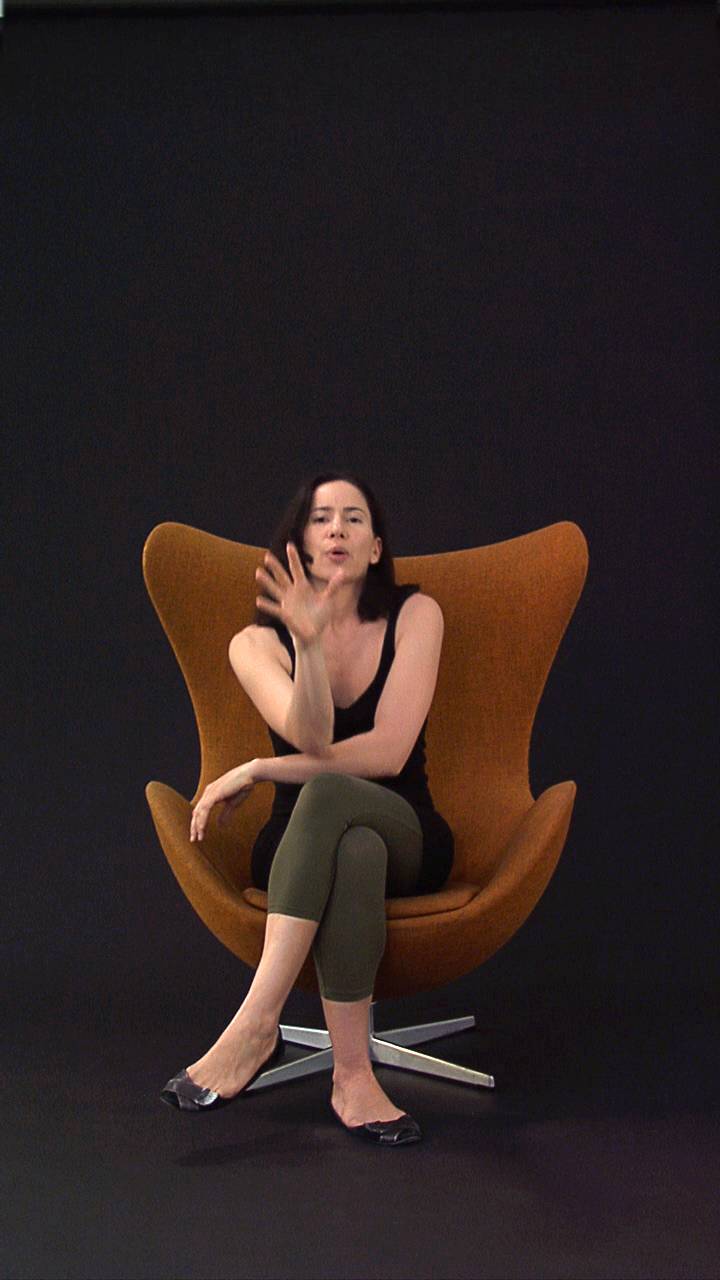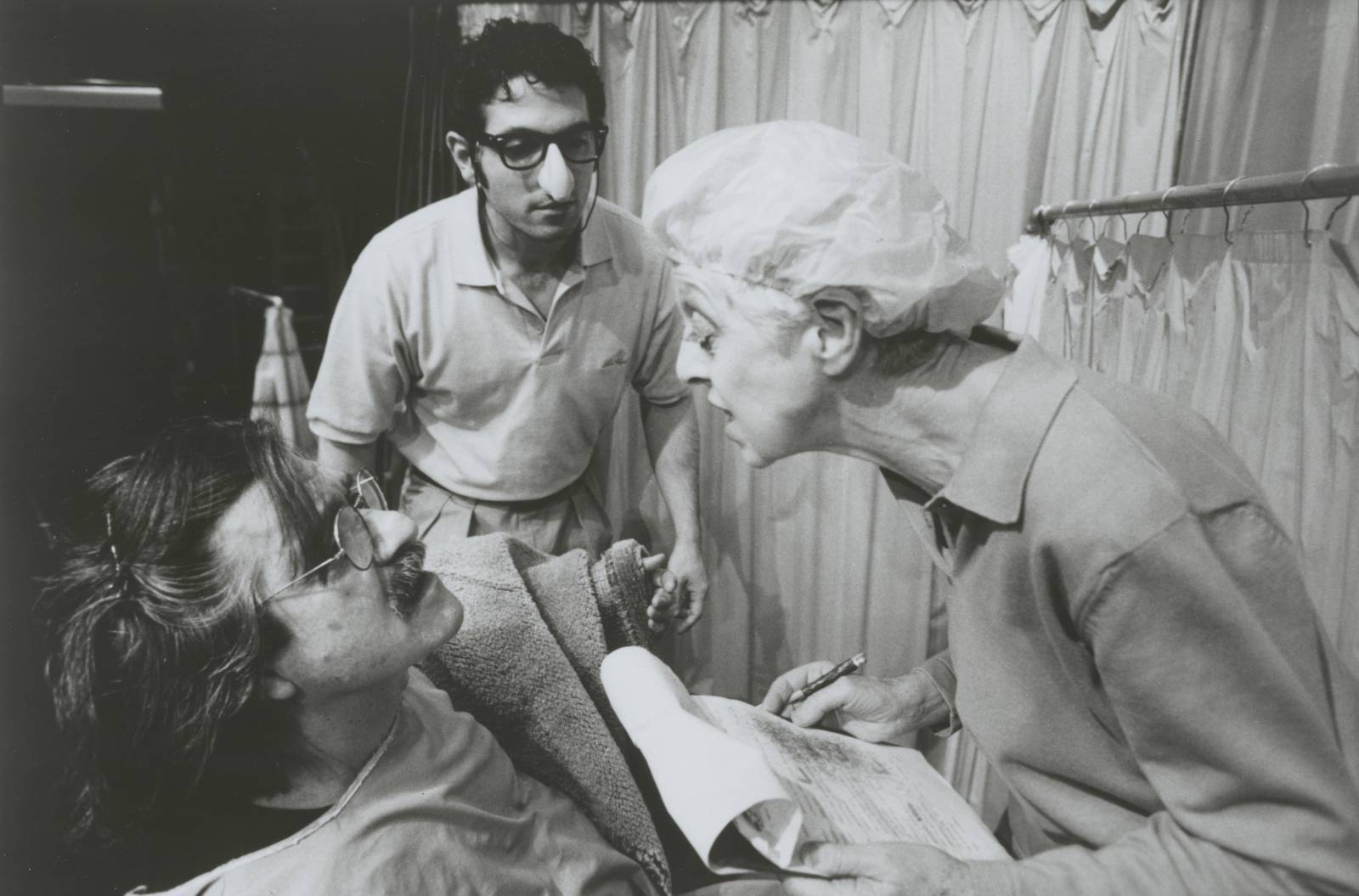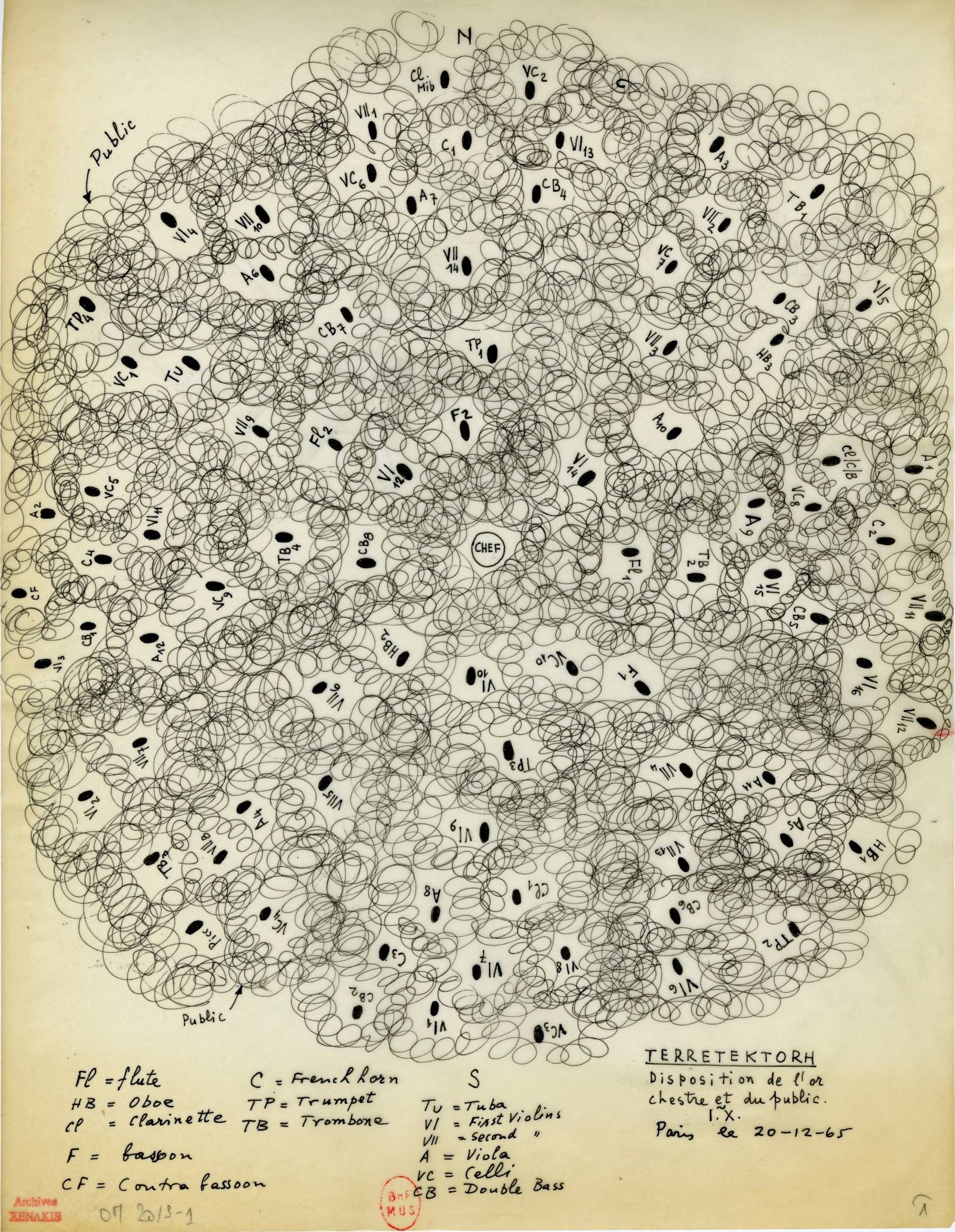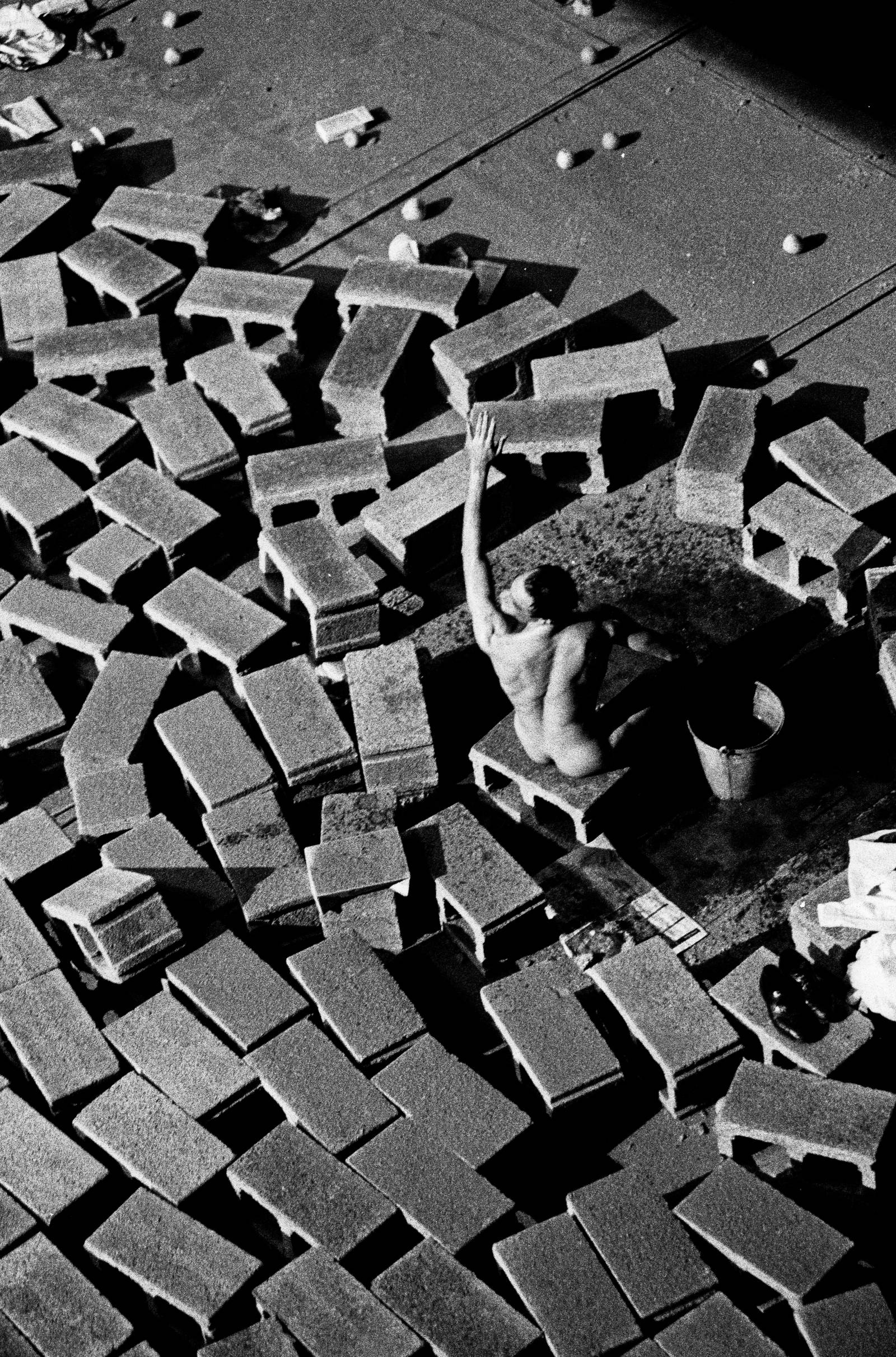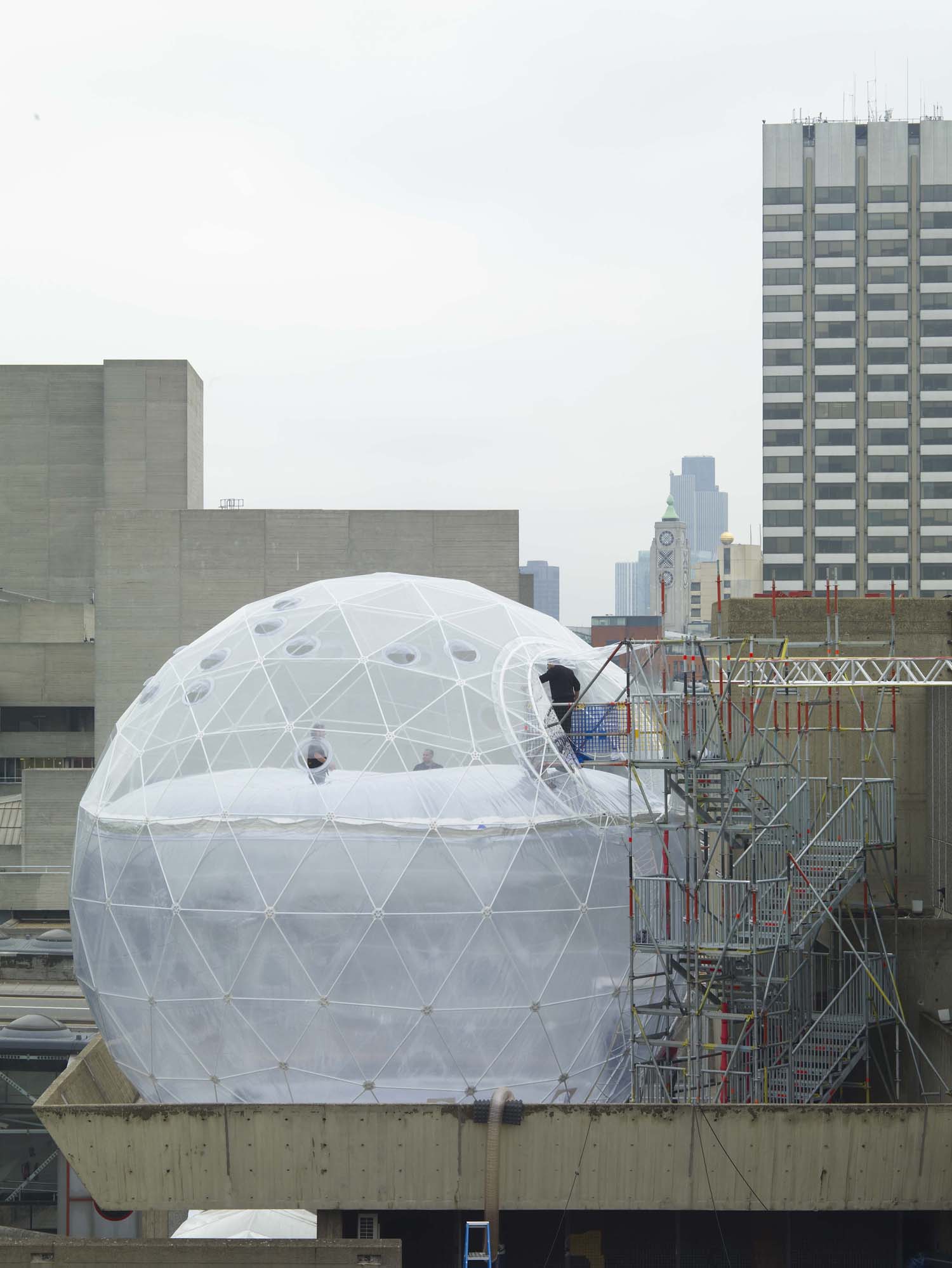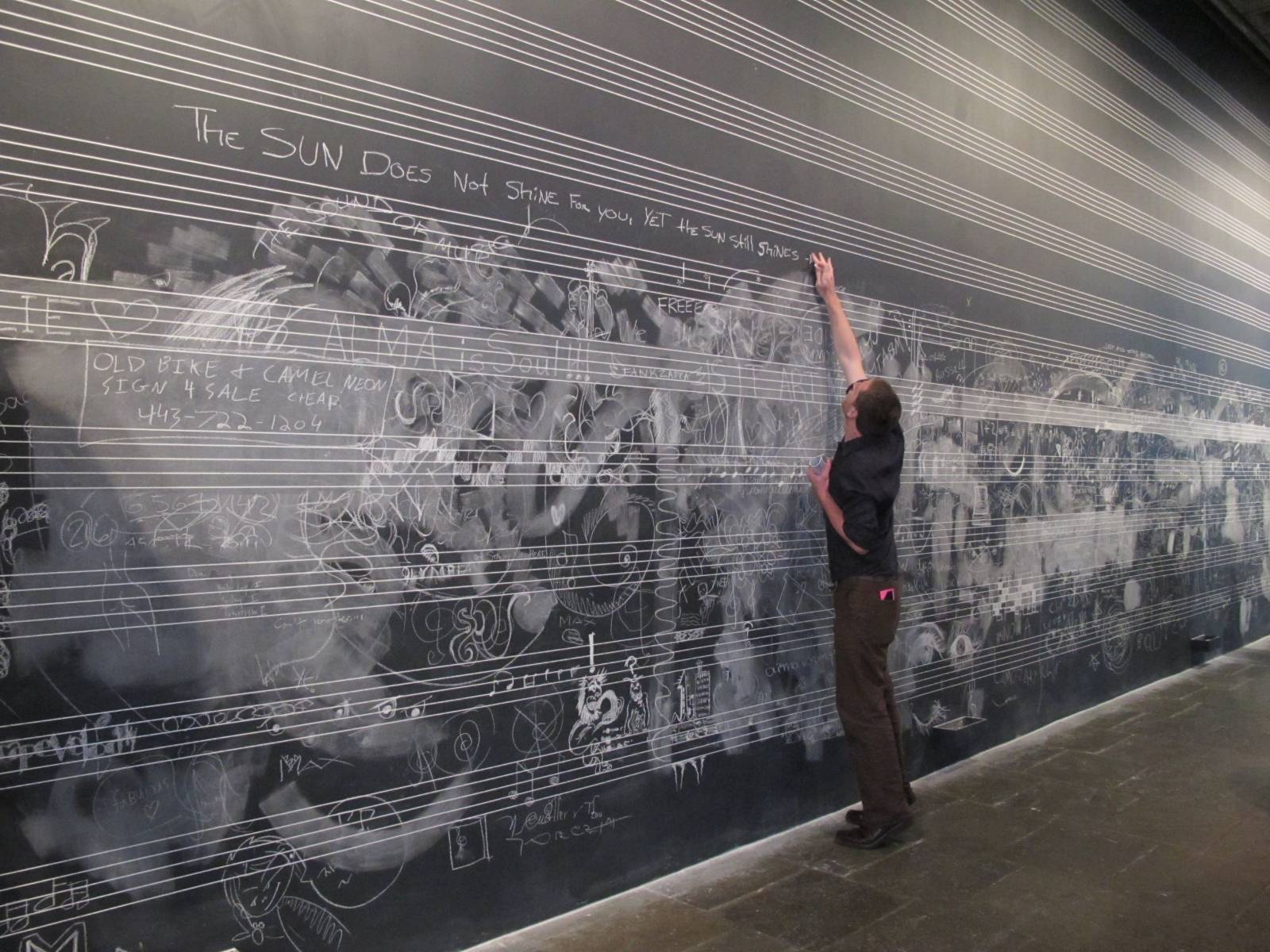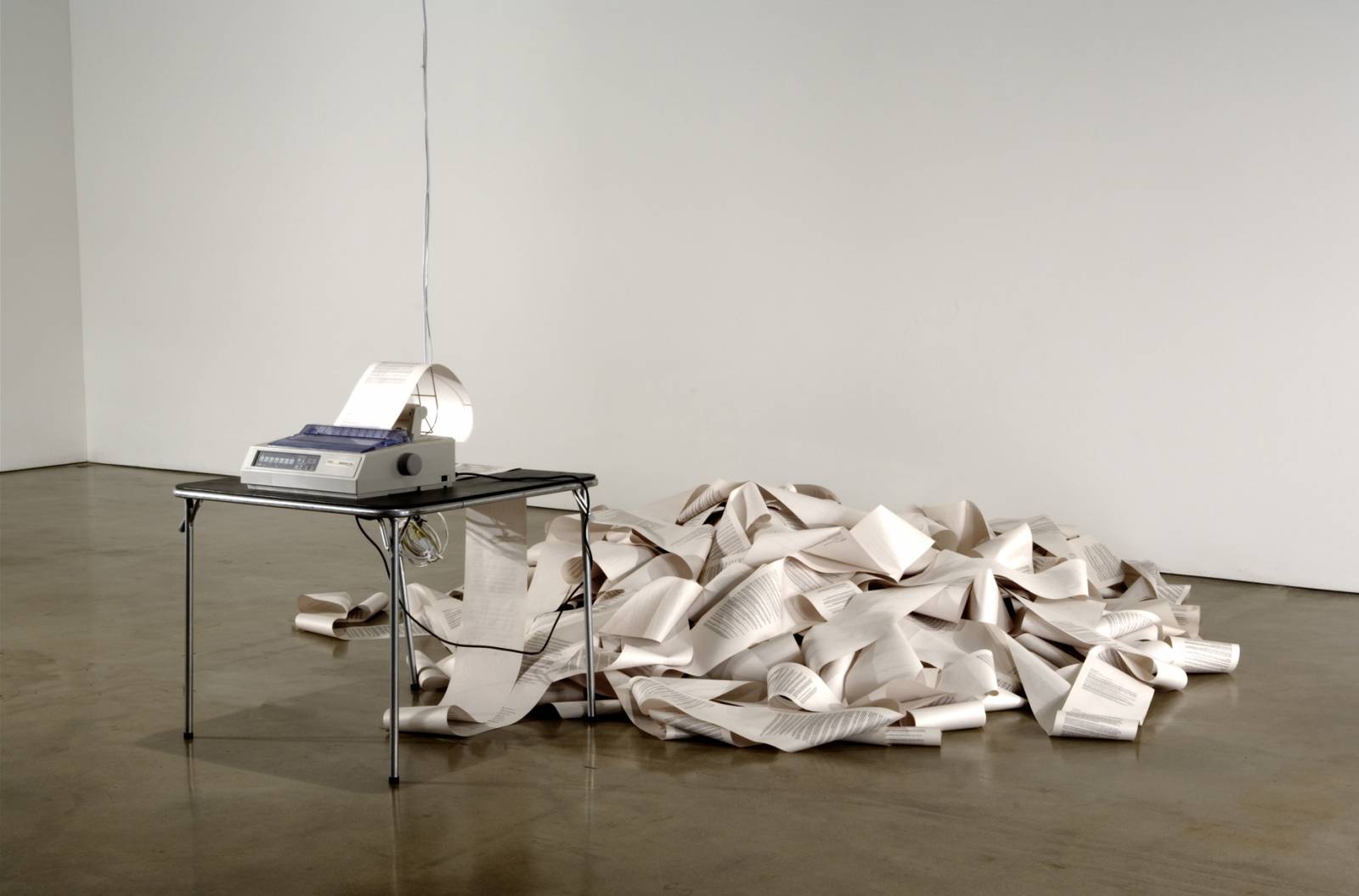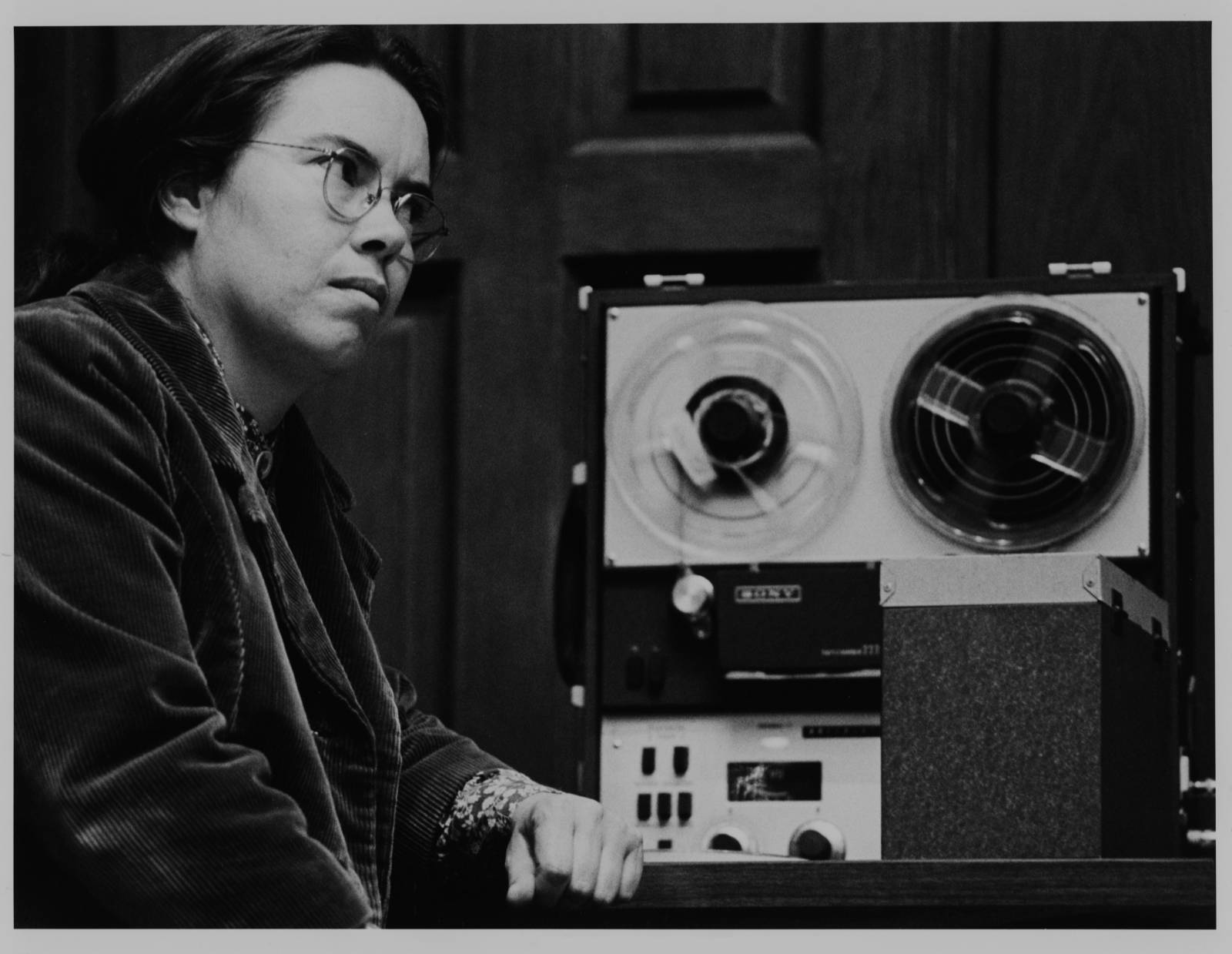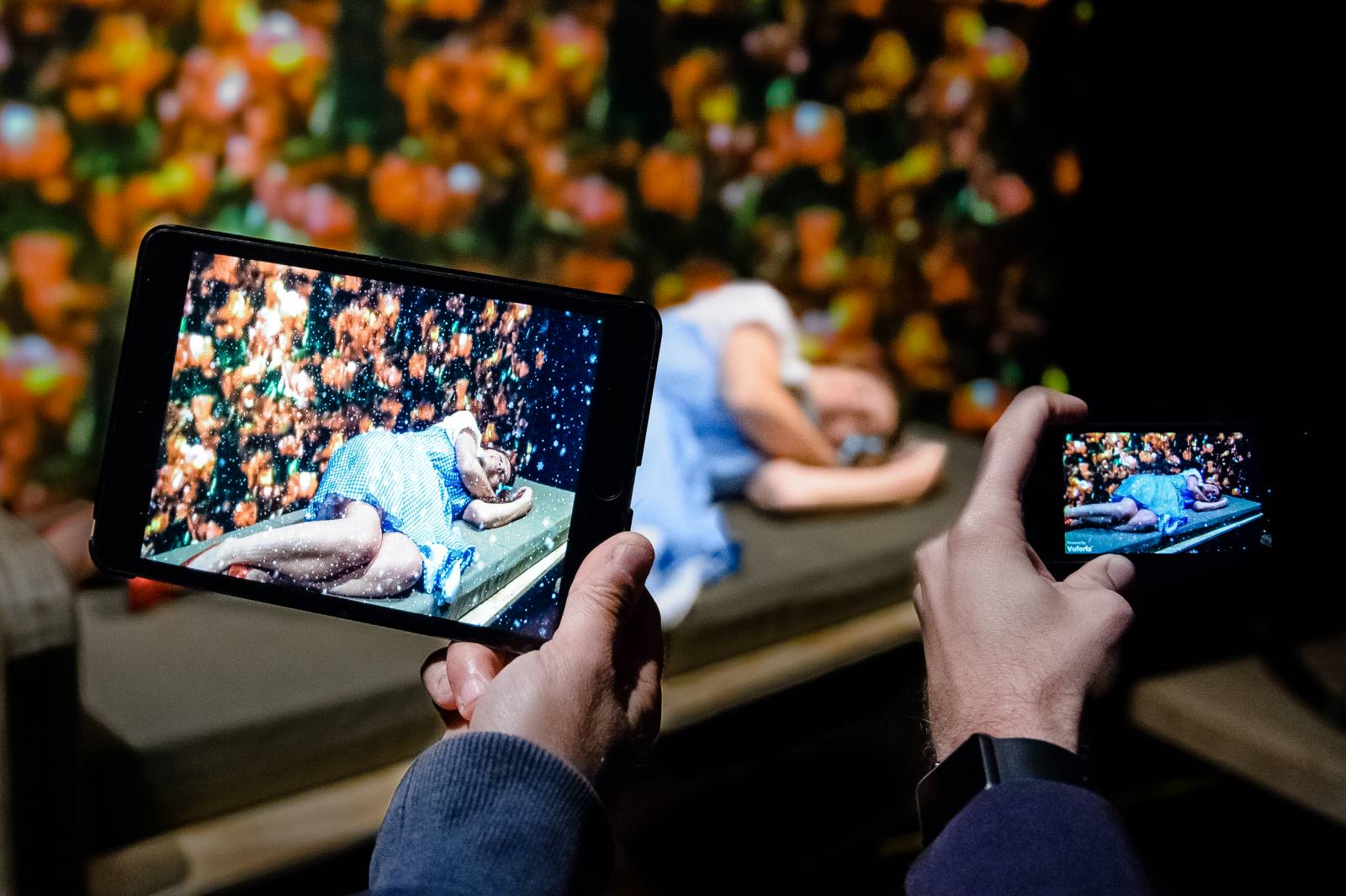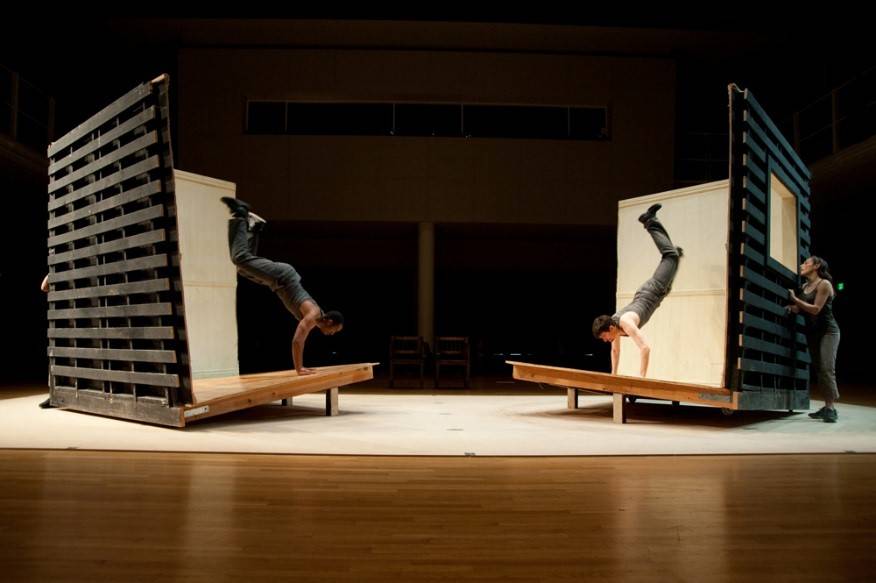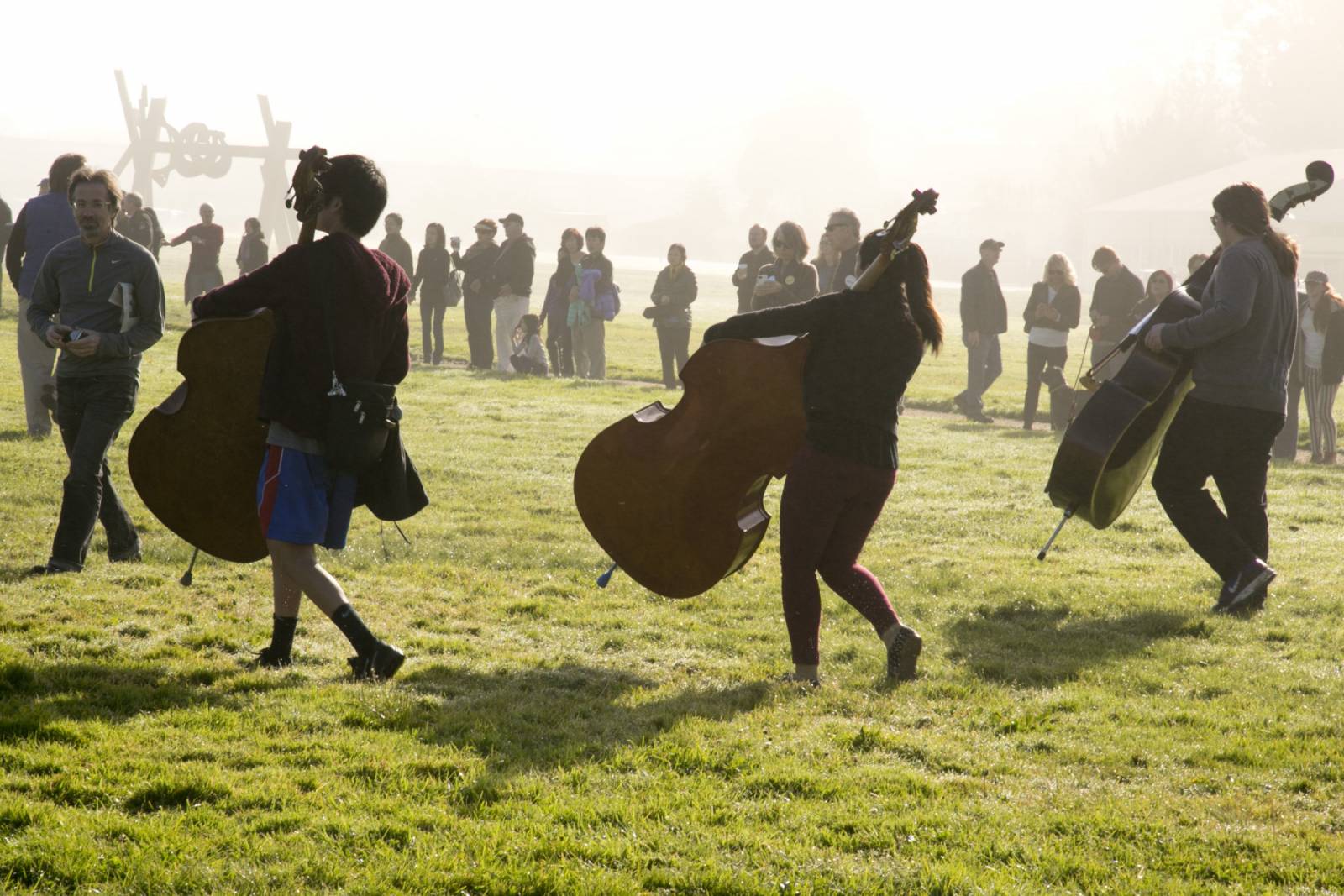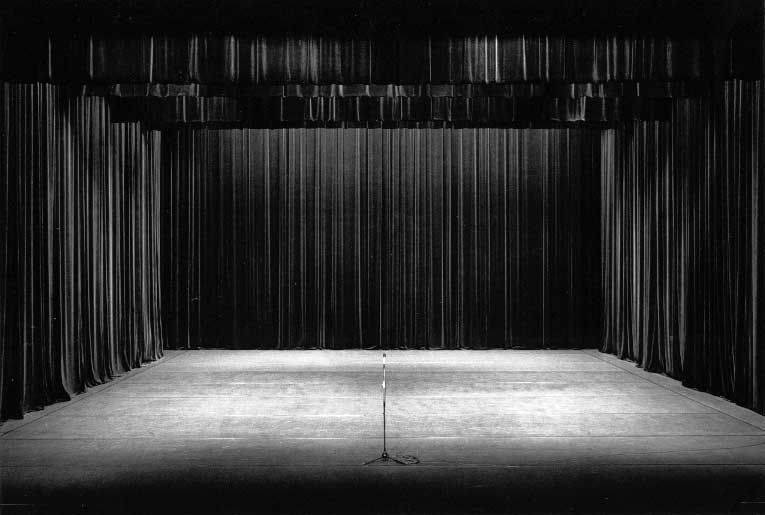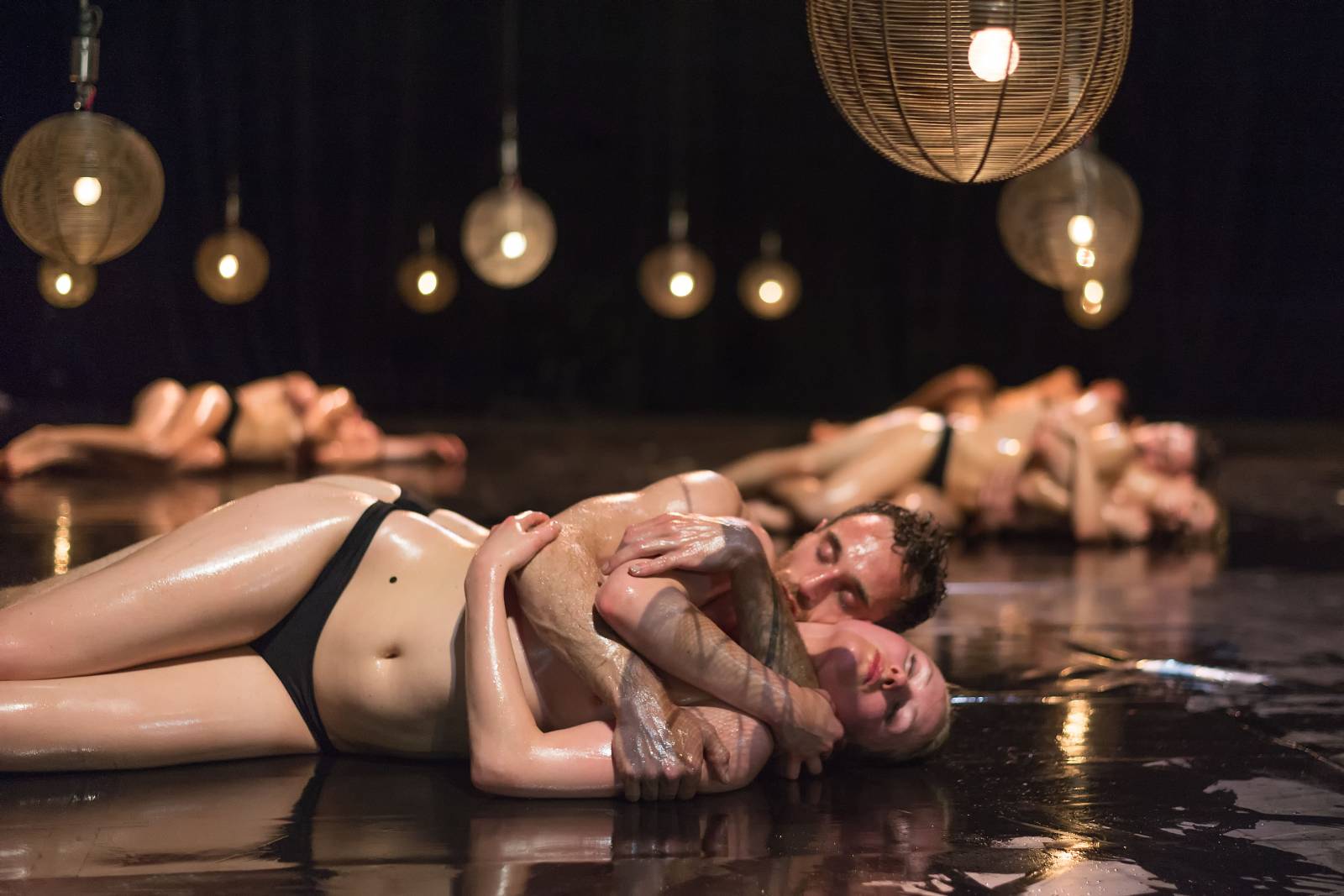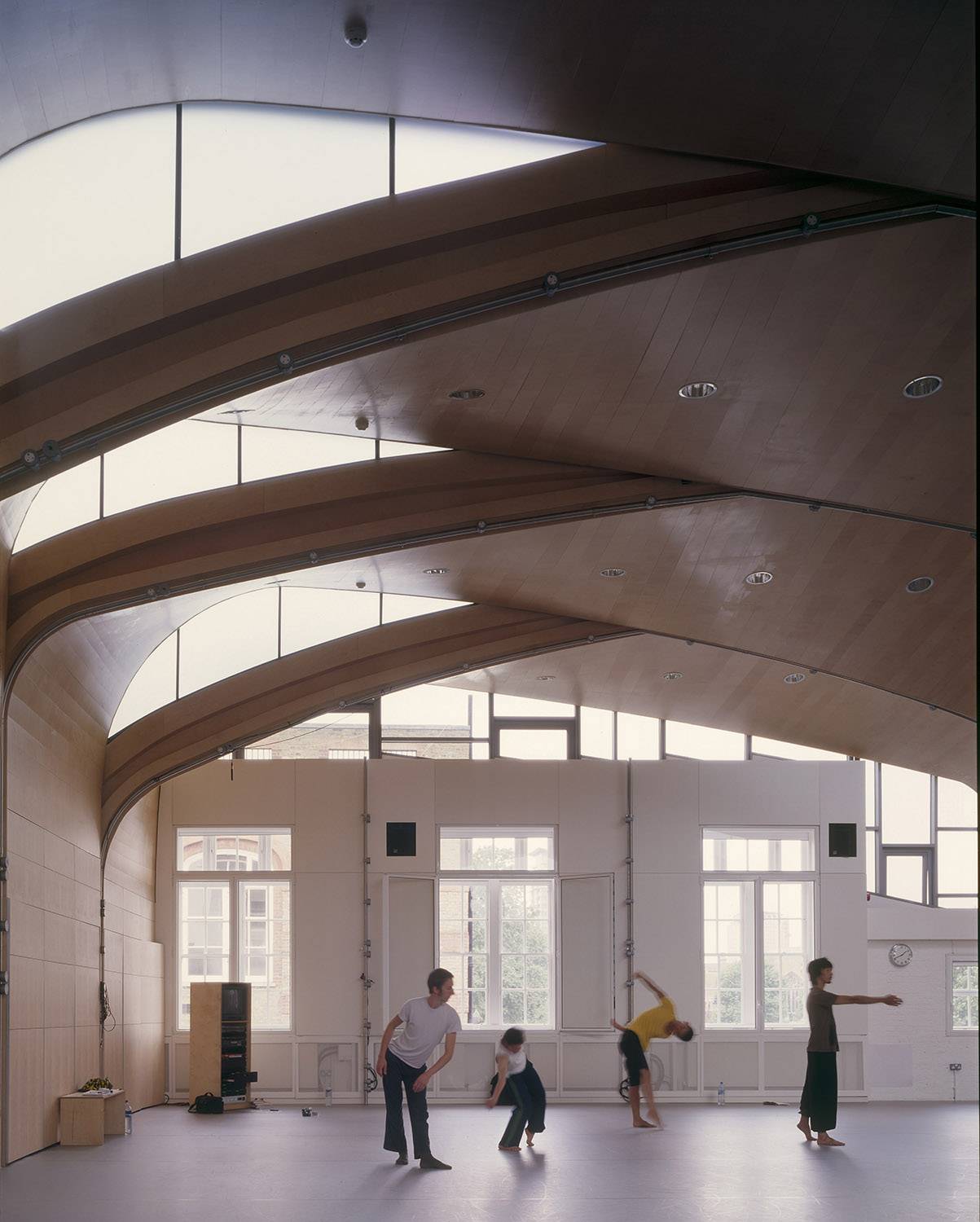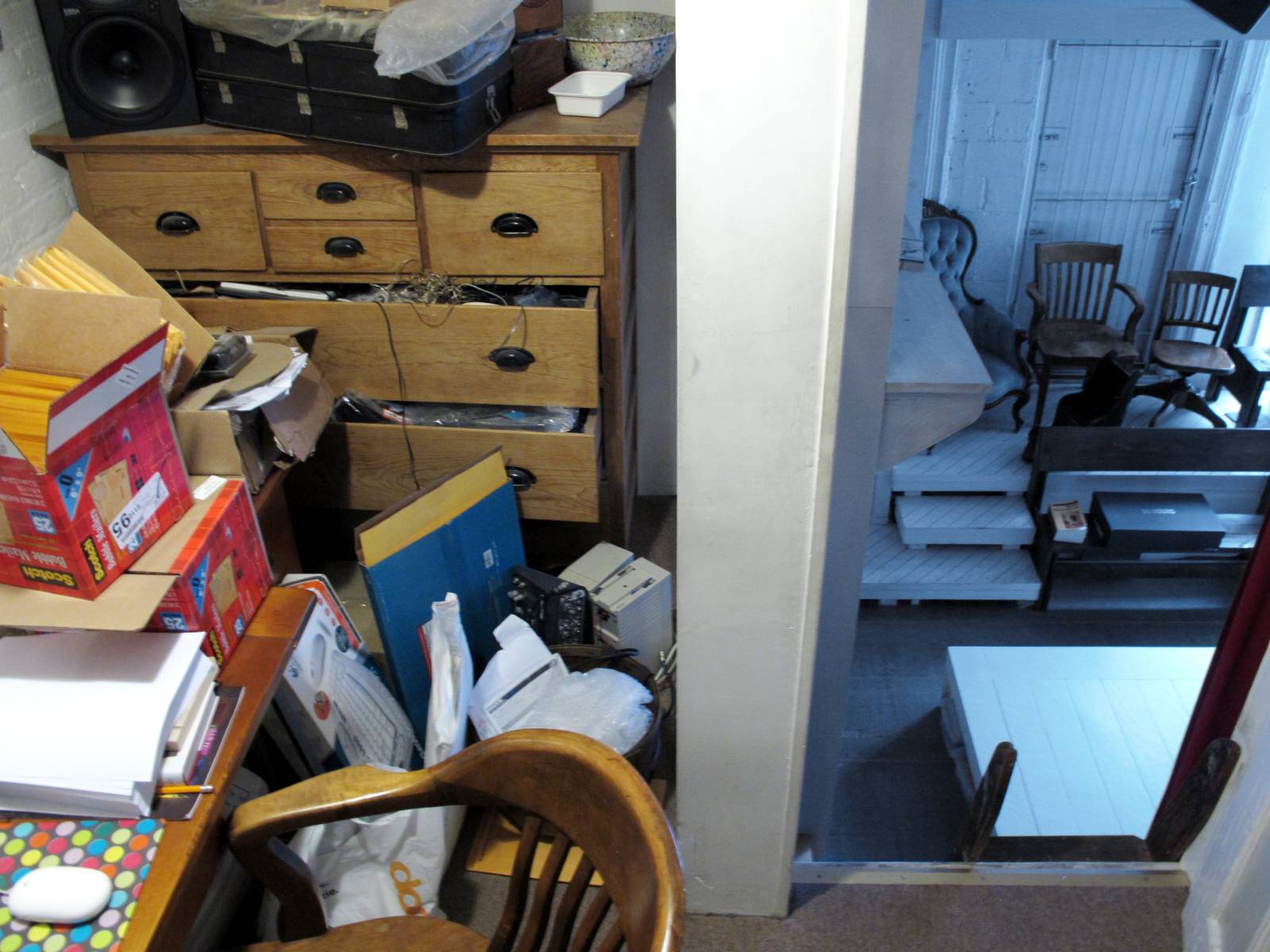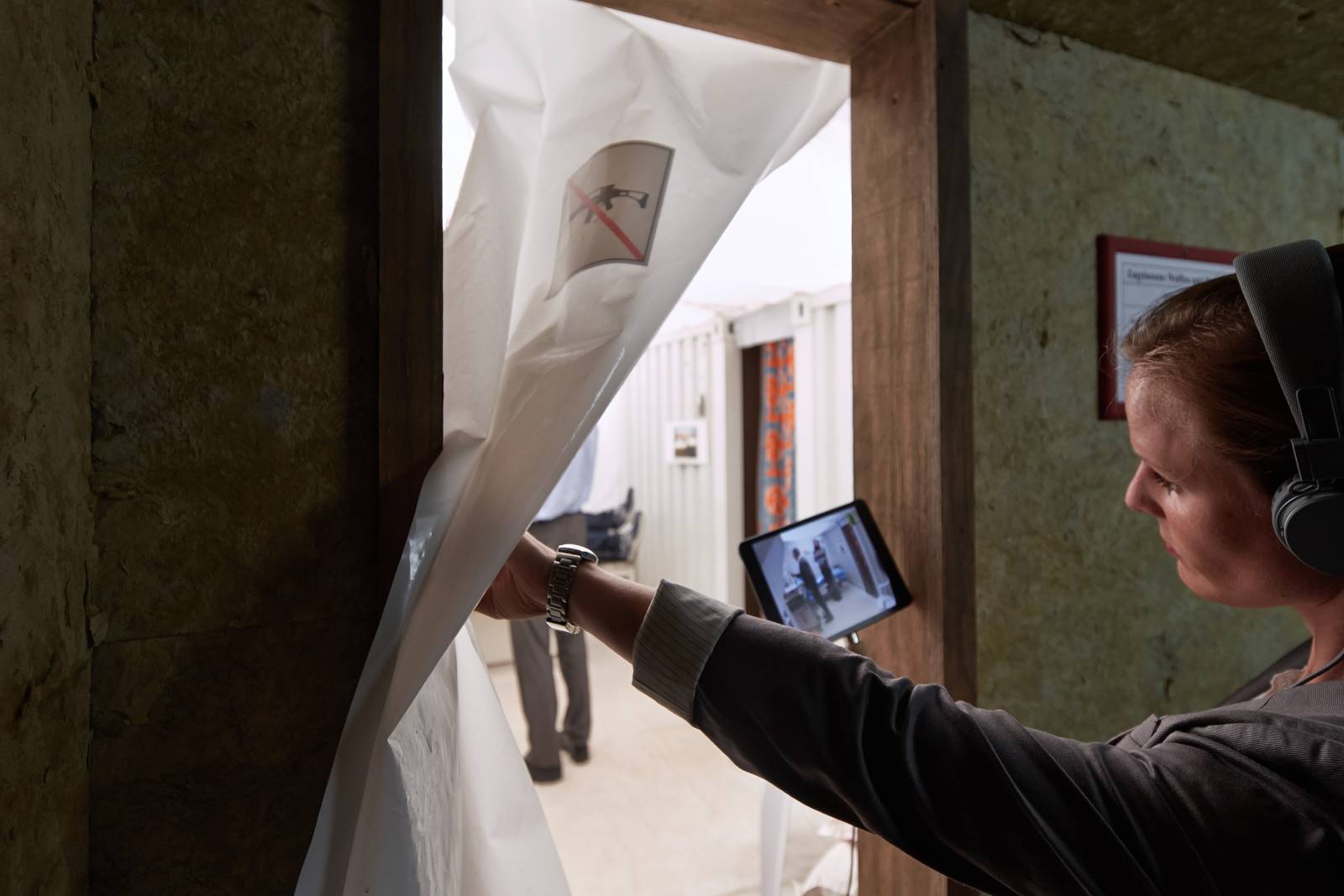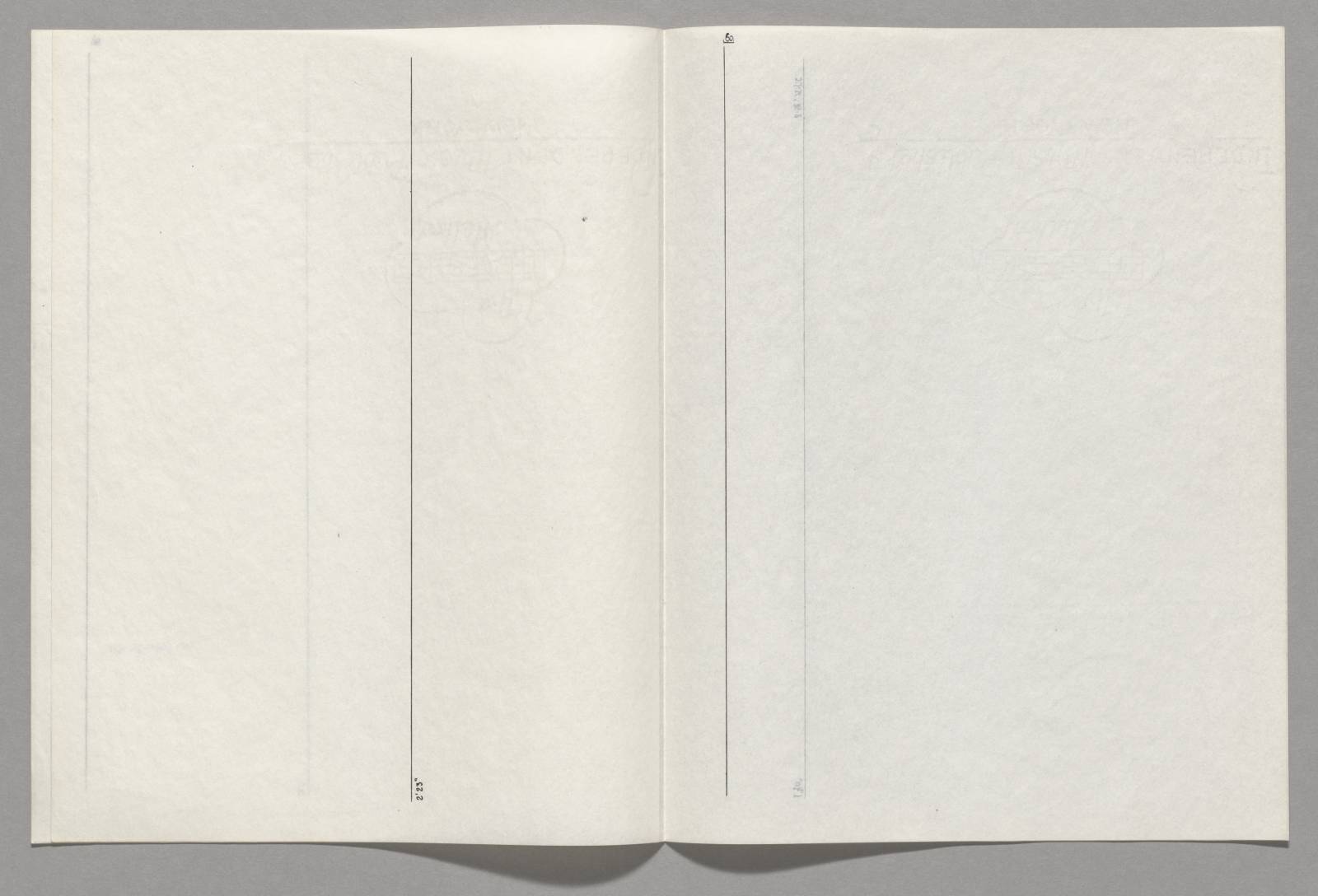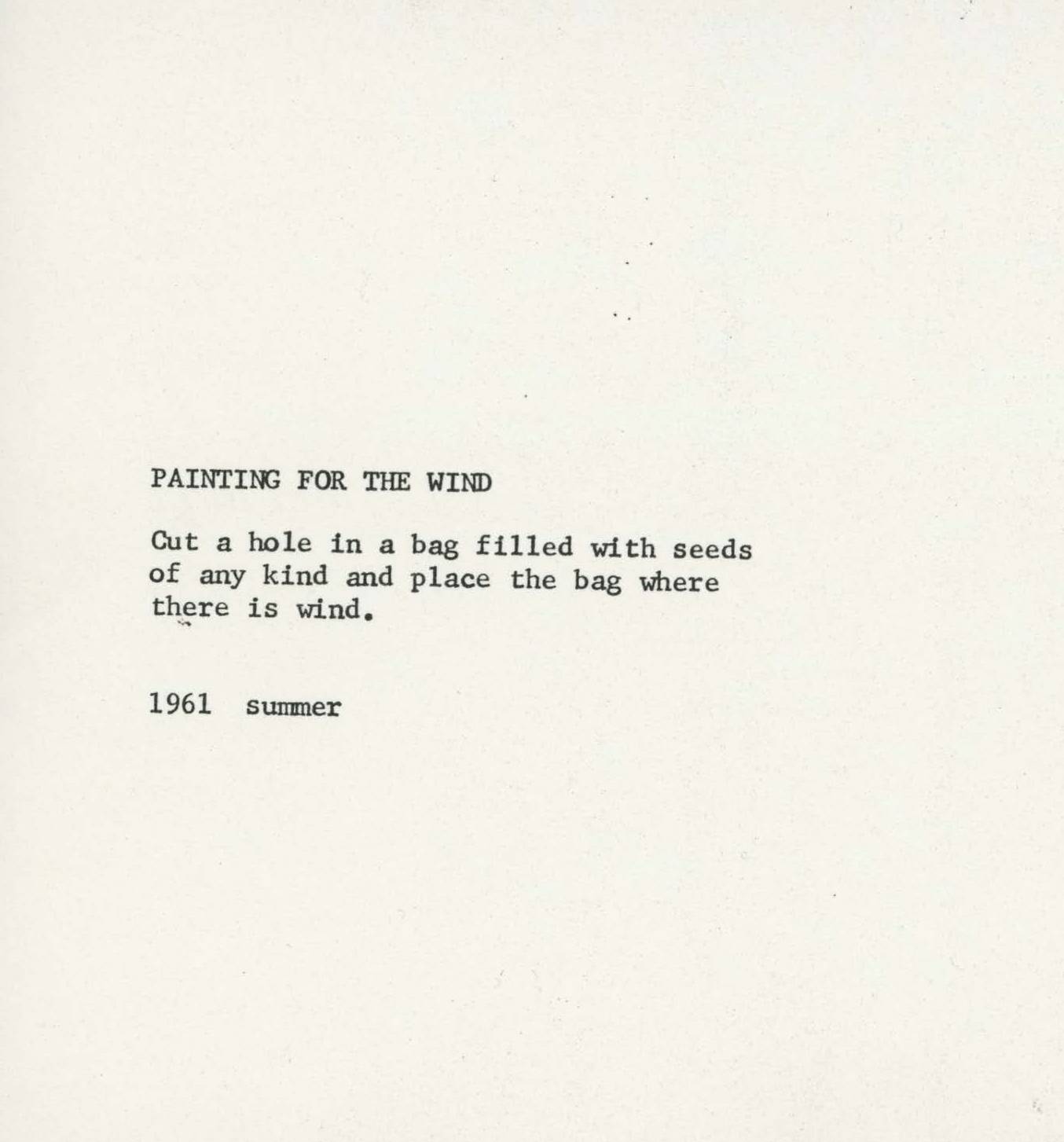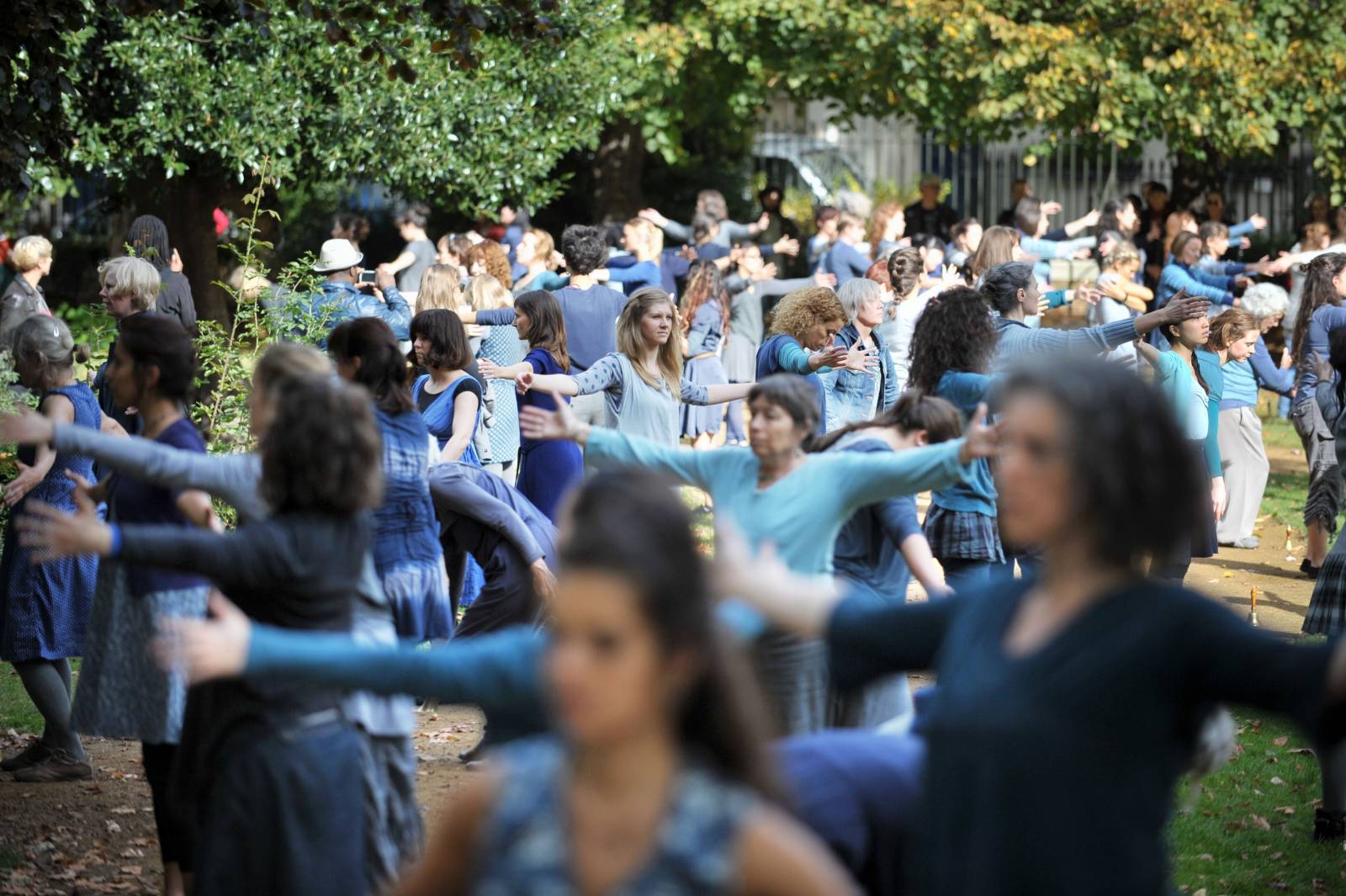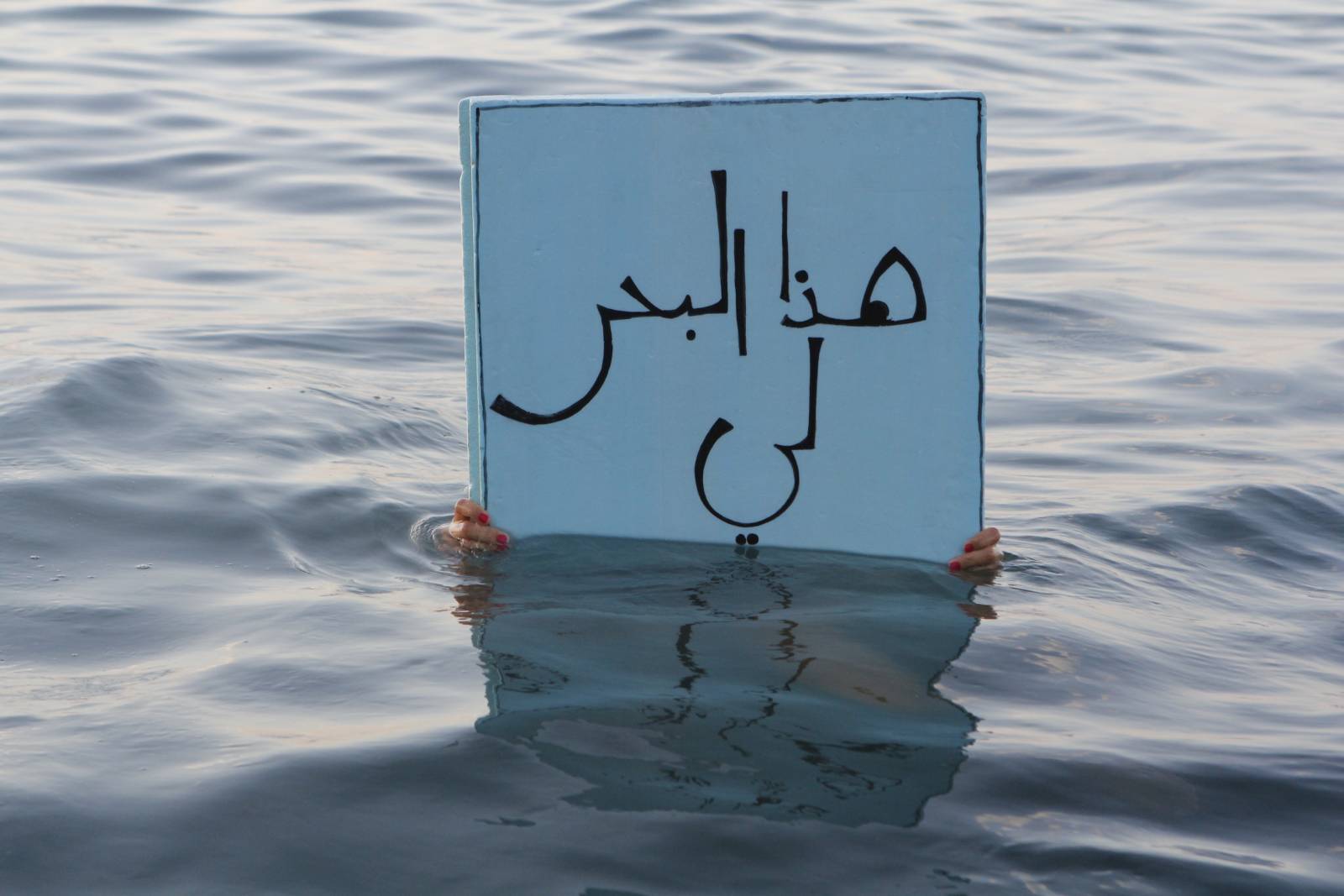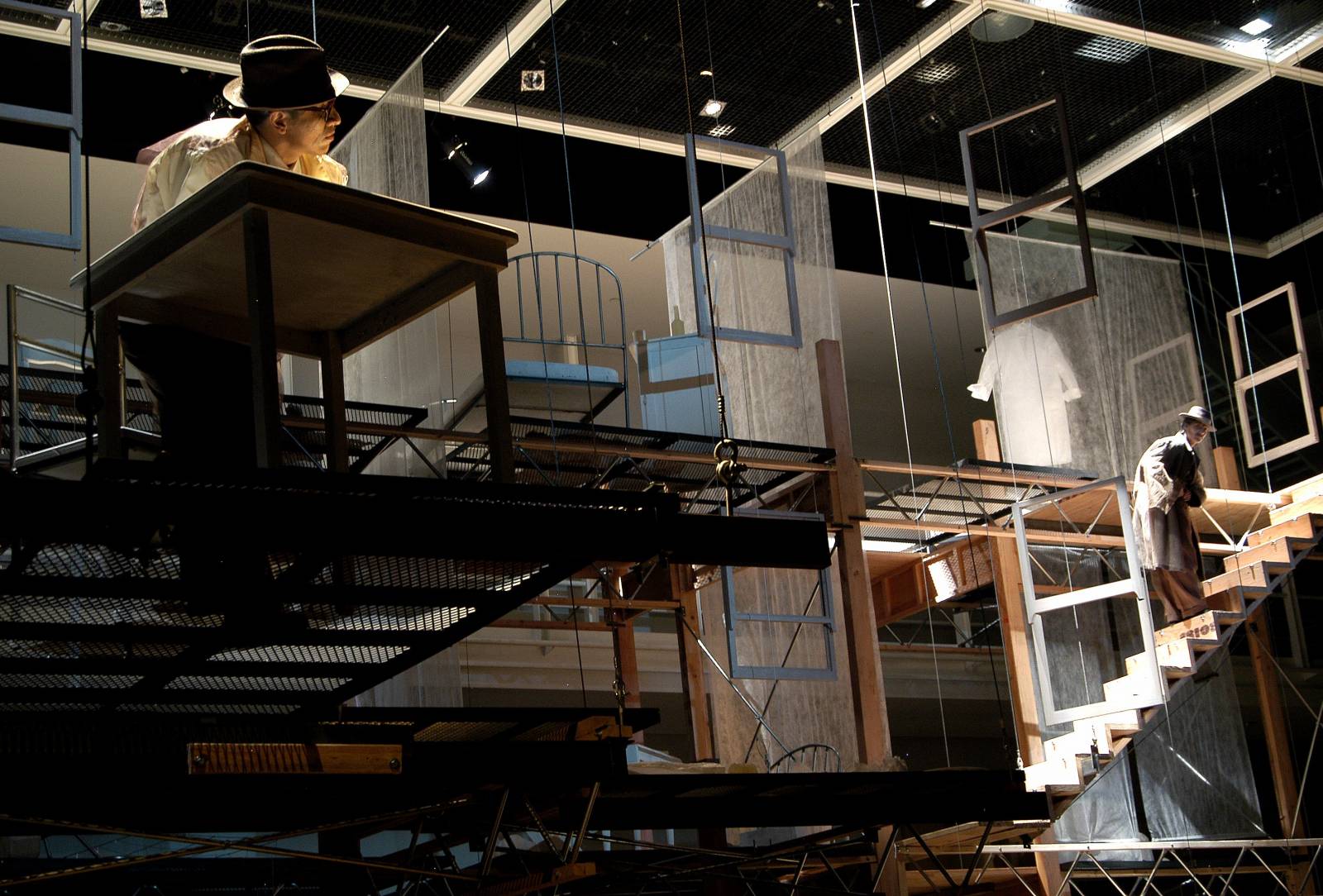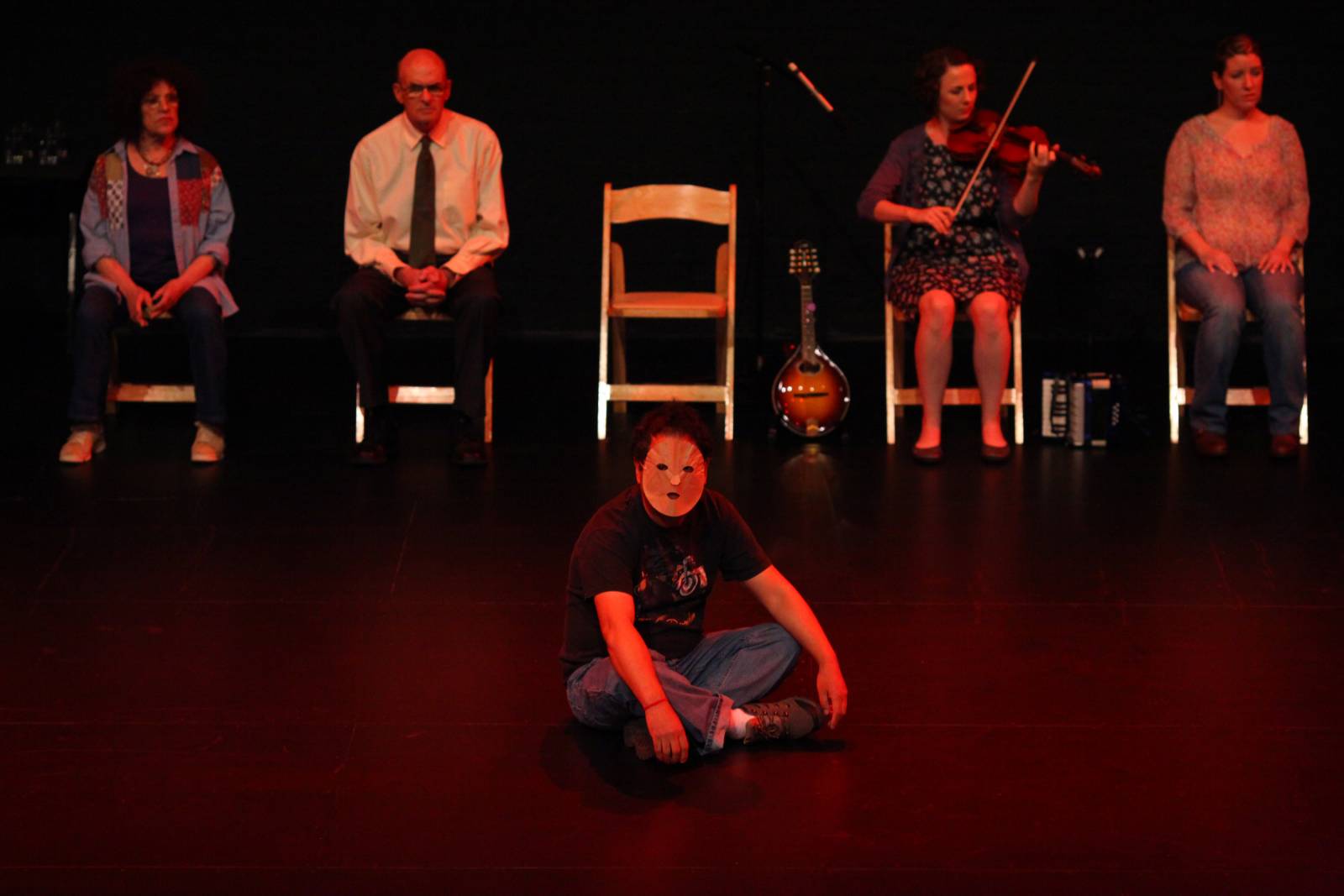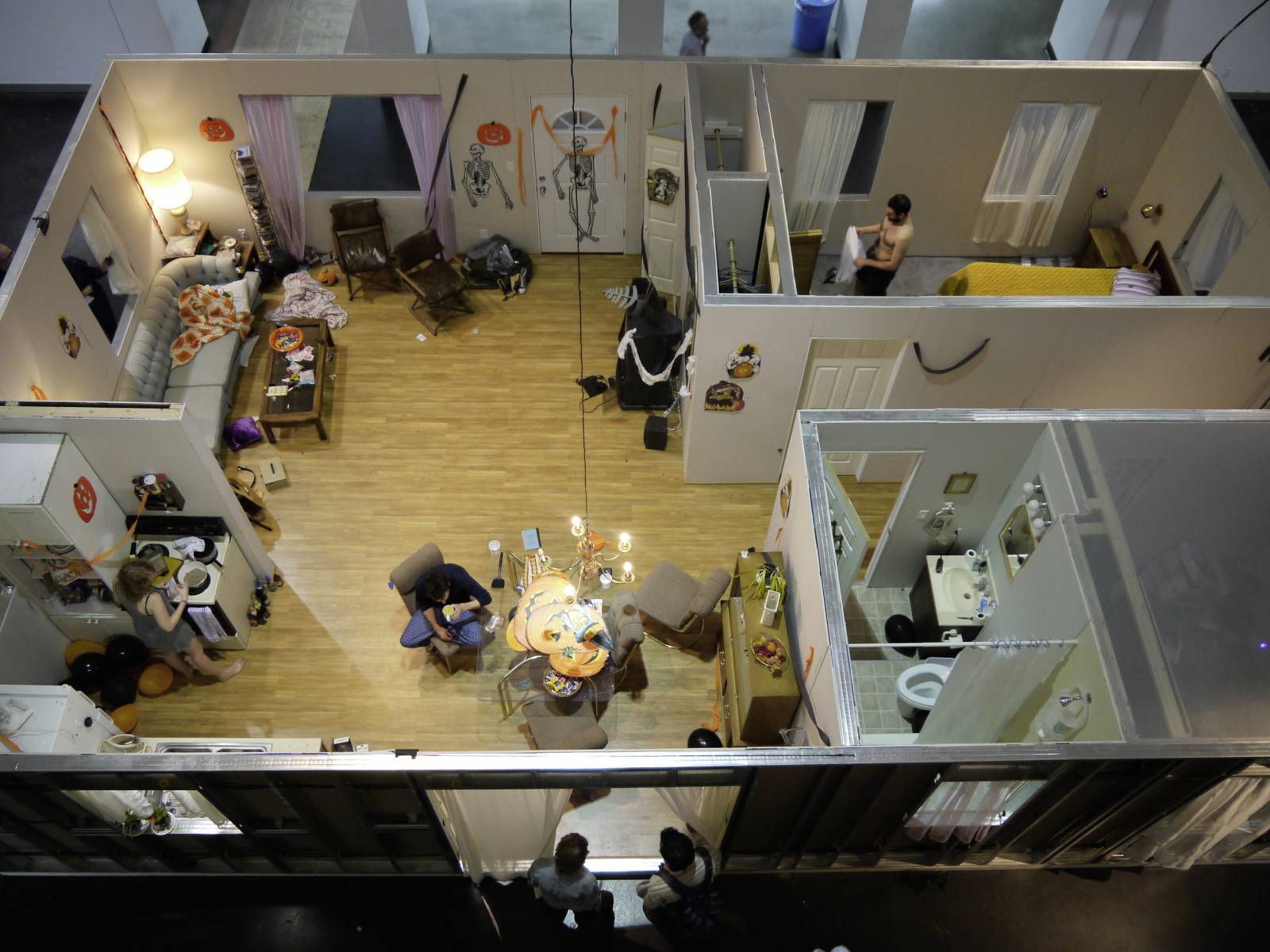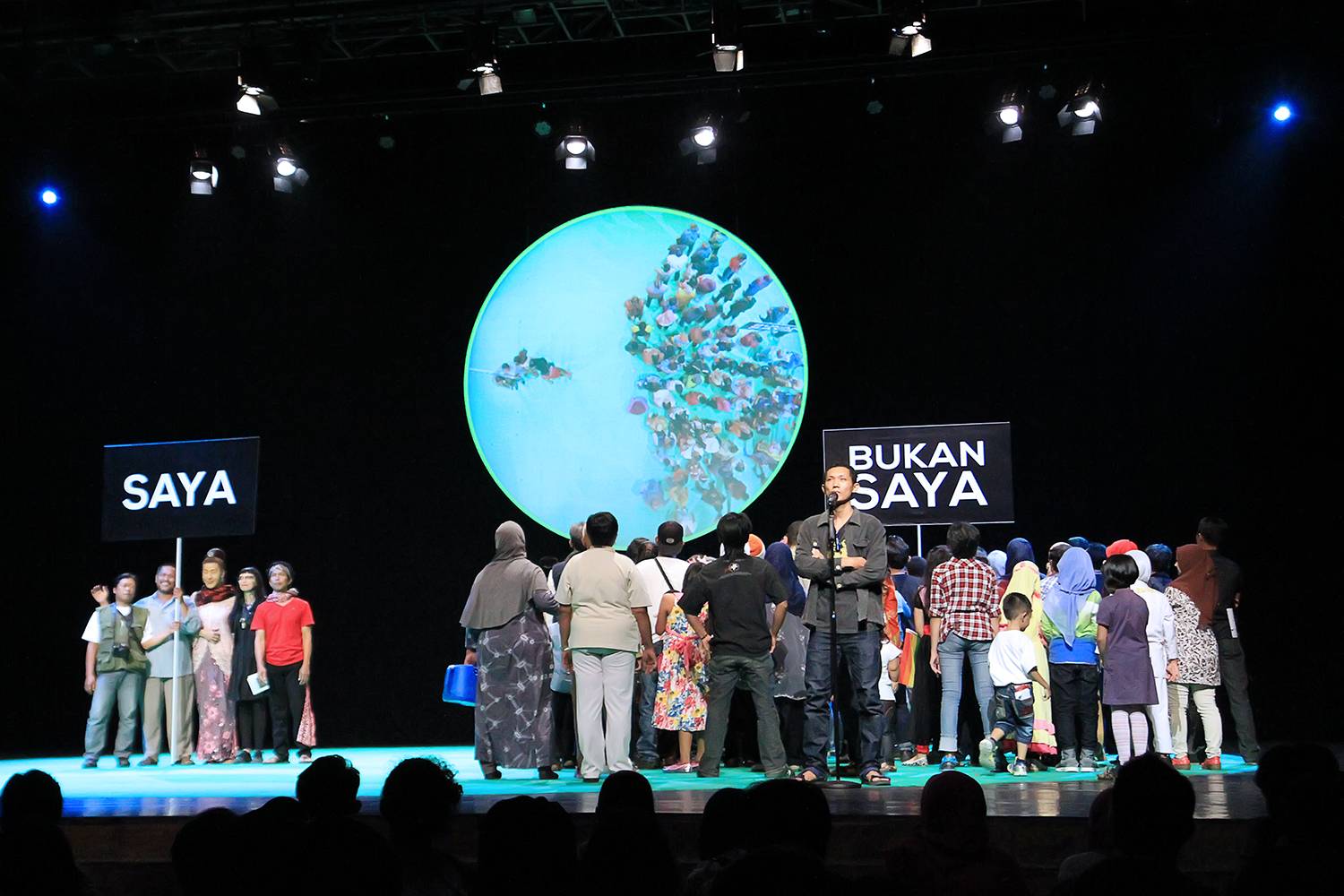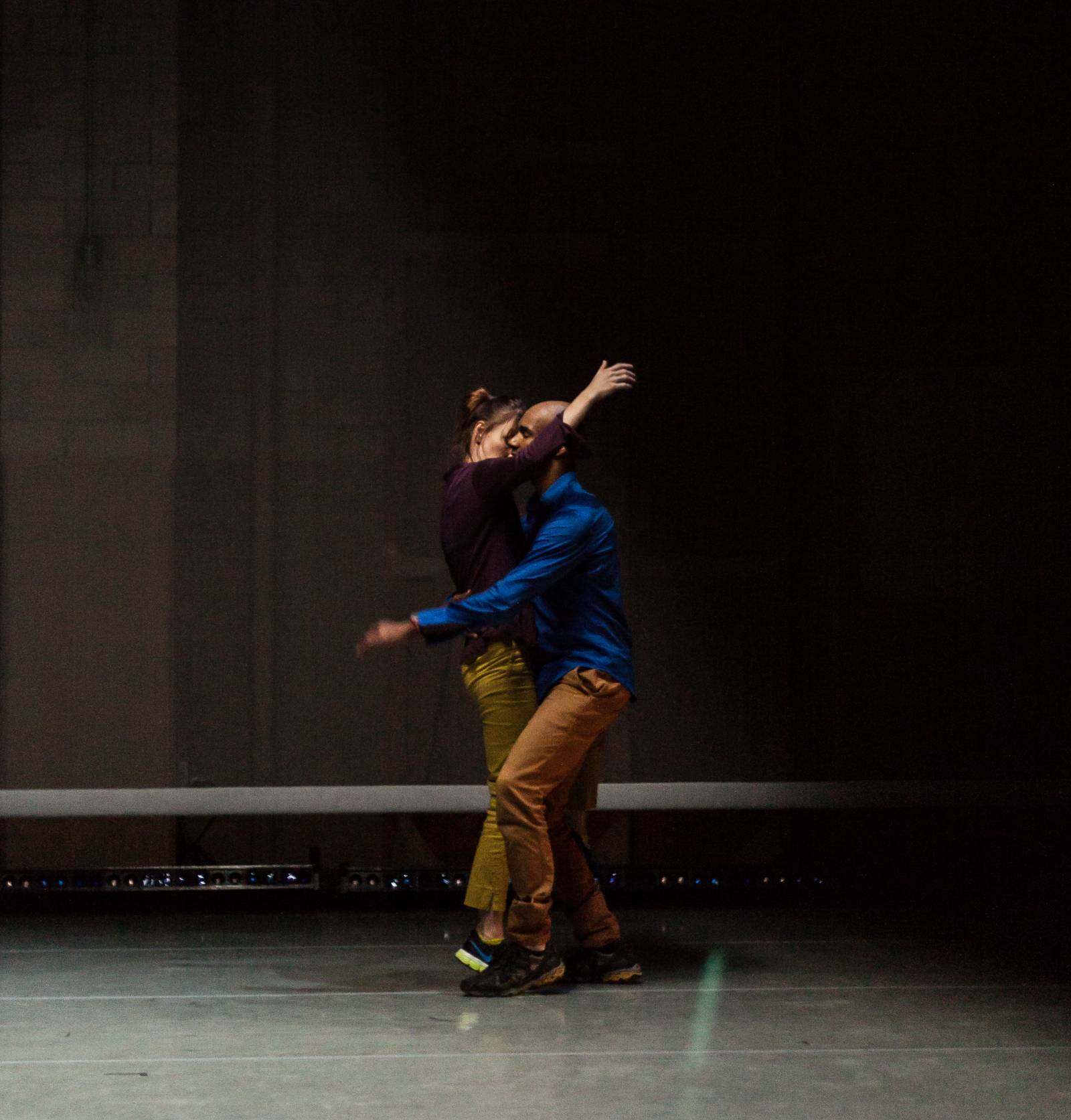Disrupting the Dominant (Operatic) Narrative
Narrative has become a pejorative word, and not simply for the reason that avant-garde theater artists from the 1960s to the 1990s deemed it a bourgeois convention that must be destroyed. In common usage and in political discussions, narrative has become almost synonymous with lying—or at least a disingenuous construct. “The dominant narrative,” for instance, is the fiction that those in power reproduce to justify their right to control—a fable internalized by the populace. Naming the stories we’ve told about ourselves a narrative—closer to fiction than history—can offer a method of reframing the status quo, and in turbulent times, that can be a revolutionary act. Where there is urgency to build a new social identity, where social transformation is desired, narrative art has a decisive role to play.
What is theater, after all, if not a machine for self-reflection? We understand theater as originating from the urge to provide a platform for a culture to examine itself through the telling of stories. In ancient Greece, the entire populace would attend a represented narrative, which offered each spectator an opportunity to reflect simultaneously on the microcosm of themselves as individuals (through an identification with the characters populating the stage) and on the macrocosm of society as a community built up of many individuals (through the chorus). Theater unified the personal and the political in the imagination of the spectator and posited a vision for the continuity of their worldview.
Of course, there might be another side to this seemingly altruistic and noble view of theater: Could it be that these narratives also affirmed the dominant culture? In retelling the same stories—choosing the ones that bolster those in charge, censoring those that did not—was there an insidious “invisible hand” at play?
Opera, the medium I am primarily occupied with, grew out of a desire to revive Greek tragedy. Renaissance scholars believed that Greek theater was primarily sung rather than spoken, which is why all the earliest operas were based on the same mythological narratives—Orpheus, Daphne, and the like—that populated the ancient amphitheaters. Since that beginning, opera has made antirealistic myths of the stories it portrays through music. And just like Greek theater, we need to ask of opera: What ideology do these narratives affirm in the mind of the spectator? Why, for example, do so many operas hinge on the death of women?
Just as we talk about disrupting the dominant narrative in our civic life, we must also actively disrupt the dominant narrative strategies in our artistic activities. You could go so far as to say that without such a disruption in art, a disruption in society is much harder to imagine—for if theater is the site of civic self-reflection, then it also becomes the space to truly imagine other potential realities. That’s why Heiner Müller called theater “a laboratory of social possibilities,” and it’s no surprise that his poetic plays challenged the notion of narrative further than almost any other twentieth-century playwright.
There are three ways narratives can be disrupted:
1) Change the storyteller.
The person telling the story has all the power. Robin DiAngelo in White Fragility ticks off statistics from 2016–17 to prove this point:
People who decide which TV shows we see: 93 percent white.
People who decide which books we read: 90 percent white.
People who decide which news is covered: 85 percent white.
People who decide which music is produced: 95 percent white.
People who directed the one hundred top-grossing films of all time, worldwide: 95 percent white.
DiAngelo’s commentary on these statistics captures the crucial point that “those who write and direct films are our cultural narrators; the stories they tell shape our worldviews. . . . They are in the position to represent the racial ‘other.’” So changing the storyteller is a necessary first step in changing the story.
2) Change the content of the narrative.
While this is crucial, it is also limiting. Even new “content”—silenced stories, or familiar stories from new perspectives—loses its power to change the culture once it is squeezed into the confines of the traditional (socially accepted) narrative structure. When you keep the box and only change its contents, part of the project still affirms the dominant culture, telegraphing the idea that certain “invisible guides” to our thinking should be left intact.
Which leads us to:
3) Change the way the story is told, by resisting conventional narrative structures.
The need for this is not a purely formal concern—it is existential. New forms inspire new ways of thinking and reveal possibilities never before seen. Stories that follow the kind of narrative arcs we have been trained to appreciate will always in some way affirm a socially conditioned way of thinking as “natural,” correct. Music, too, has this at its core: although nothing might sound as simple and unassuming as a C-major scale, the fact that our brains have been wired to understand that scale as “natural” also lays bare the invisible hand of ideology.
That might be one reason opera seems like the last place to imagine the beginning of a narrative revolution. Even outside the context of its theatrical application, music always struggles against the mind’s urge to narrativize. So much musical education in this country still insists that audiences listen to symphonies as “dramas,” with the principal theme as a kind of protagonist facing a turbulent path toward resolution. Conventional opera, then, is buttressed by two complementary ideas of narrative: rising-falling action in the dramatic structure of the “well-made play,” and the tension-and-release of so much classical music. Considering the way storytelling has changed since the nineteenth century, the narrative straits of conventional opera might account for opera’s reputation as an “old,” even “dying” art form.
But a slight change of perspective can help us appreciate the revolutionary potential for opera. Instead of considering opera as imprisoned by outdated modes of music and drama, we should think of it as occupying an excitingly indeterminate space: it is fundamentally a musical art form, and yet it is so much more than music; it’s inherently theatrical, and yet it’s so much more than a play; it demands the proper spatial relationship, and yet it transcends architecture; the visual aspects dominate, and yet it is not to be confused with the visual arts. This interstitiality is what makes opera so bewildering and so often ridiculous; it’s also what makes opera the most contemporary and therefore, perhaps, the best exponent of new ways of thinking about narrative and new narrative experiences.
In contemporary opera, the most powerful examples of narrative disruption are Philip Glass and Robert Wilson’s Einstein on the Beach (1976), a five-hour pageant of tableaux and dances that transplanted the logic we expect from narrative into the realms of image, color, and movement; and Peter Eötvös’s 1998 setting of Three Sisters, whose three acts each highlight a different character’s perspective on the events of the play, skipping back and forth in Chekhov’s original work to form something new devised of repetitions and revisions. But perhaps the most radical view of narrative in opera is on display in John Cage’s Europeras (1987–91), entirely comprising “old operas” recycled into a new, indeterminate whole. Singers perform arias from different operas simultaneously, all in different styles of costume and performing actions chosen at random that have nothing intentionally to do with the story the aria was originally meant to convey. Is Cage’s opera, then, missing a plot? Quite the opposite, actually: it is a teeming landscape of stories. The author/composer/director is not responsible for tidying it all up into a clear, linear narrative; the audience makes what they will of all the impressions and gives it a personal unity. To drive this point home, Cage wrote up a series of nonsensical synopses—twelve different texts placed separately in individual programs, to ensure that the people sitting next to you on either side receive different directives on “the story of the opera.” So the title Europeras—pronounced “your operas,” implying Cage’s distance from the European art form—becomes something that tells the audience: “This is your opera, and you are free to make your own story from all the impressions presented before you.” It is, in many ways, the ultimate exercise in Roland Barthes’s classic pronouncement that “the death of the author is the birth of the reader.” Or, as Italo Calvino wrote in Invisible Cities, “It is not the voice that commands the story; it is the ear.”
That line figures prominently in Christopher Cerrone’s 2013 operatic adaptation of Calvino’s novel, which I directed for the company I founded in Los Angeles, The Industry. And, perhaps fittingly, the role played by “the ear” was prominent, as audiences heard the opera on wireless headphones as they moved around LA’s Union Station. The unconventional “narrative” of the novel—a series of descriptions of fantastical cities, as told to Kublai Khan by Marco Polo—became a spatial experience, with singers and dancers appearing and disappearing among the ebb and flow of daily life at the station. While everyone had the same auditory experience, no two audience members could have the same visual experience. In many ways, “experience” (environment and immersion) and the shape of the audience’s physical journey replaced the elements we traditionally look for in a narrative.
In The Industry’s subsequent project, Hopscotch (2015), the experience was splintered further, as audiences moved throughout Los Angeles in cars. Groups of four audience members shared the intimate space with singers and instrumentalists for a ten-minute piece, one of thirty-six chapters in the lives of three central characters. A performance consisted of the audience changing cars eight times to see a selection of different chapters. While the audacity of the mobile experience attracted the most attention, Hopscotch began as a narrative experiment, inspired by Julio Cortázar’s 1963 novel of the same name. The thirty-six chapters of the opera’s story were not presented in a linear fashion, from beginning through middle to the end; instead, depending on where you started, you might be thrown into the middle of the piece or start with the very end. With six composers each setting chapters independently, the traditional musical unity of an opera was also fractured and left open to the individual experience of the spectator. As in Invisible Cities, the motion of the Hopscotch audience allowed for several stories to coexist simultaneously, allowing us to escape the singularity of traditional narrative structure to offer a multiplicity of meaning and narrative voice. Like Cortázar’s novel, this narrative “mash-up” was an investigation into identity, both individual and civic: Why do we let stories fool us into believing life is a straight and inevitable path? Wouldn’t we do better to think of our journeys as a winding, unpredictable road, full of detours and disruptions, with our highest attribute (consider faith, hope, or love) as an invisible center from which everything radiates, where all fragmentation finds unity?
If Hopscotch used a kaleidoscopic experience of narrative to explore the relationship between an individual and the city, The Industry’s upcoming project goes another step further, by offering a disrupted experiential narrative as a means of enacting a national remembering. Sweet Land (2020), composed by Raven Chacon and Du Yun with text by Aja Couchois Duncan and Douglas Kearney, is conceived as an opera that erases itself: as the audience progresses through the Los Angeles State Historic Park, pausing at performance sites one by one and then leaving them behind, the musical and visual experience mirrors the relentless mechanism of historical erasure. Directed by Cannupa Hanska Luger and myself, Sweet Land is our first attempt at putting our narrative strategies to work toward a social/political reframing of American history, and it also includes a narrative fracture: The audience is split on discrete, diverging “tracks” through the park, with different texts, music, and cast members, to experience contrasting stories of America and its founding.
By inviting new storytellers, by changing the content (or at least the perspective) of the story, and by changing the audience’s experience of the story, Sweet Land is a narrative and operatic experiment with urgent social concerns. Our current political climate requires a revolution of the artistic narratives that define our lives, so—like the Greeks before us—we shape and reshape the story we tell about ourselves. Only time will tell how effectively we will participate in the shifting of our national consciousness, but all of us are working from the belief that Ben Okri states so powerfully in his 1997 book A Way of Being Free: “If we change the stories we live by, quite possibly we change our lives.”







